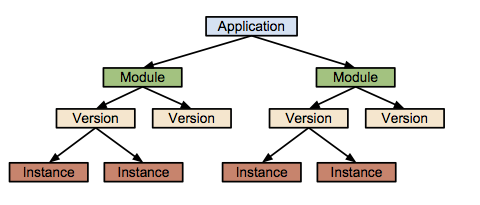Node Version Manager is a simple bash script to manage multiple active Node versions. Why do you want to use it? If you like me, you want to try out the latest unstable version of the Node, but you still need to use the older and stable versions to develop and maintain your projects, then you should use NVM.
You can find out more information on NVM GitHub page, below are just my take on installing and using it.
Install
You can install NVM via the install script, but always do it the hard way by installing it manually:
$ git clone https://github.com/creationix/nvm.git ~/.nvm
Check out the latest version:
$ cd ~/.nvm && git checkout v0.7.0
Enable NVM:
$ source ~/.nvm/nvm.sh
Add this to ~/.bashrc to make it available upon login:
$ echo "\n# Enable NVM" >> ~/.bashrc
$ echo 'source $HOME/.nvm/nvm.sh' >> ~/.bashrc
Enable Bash completion:
$ echo 'source $HOME/.nvm/bash_completion' >> ~/.bashrc
Try it by opening a new terminal:
$ nvm
Usage
Get help:
$ nvm help
Show current NVM version:
$ nvm --version
Display the currently active Node version:
$ nvm current
Install Node v0.10.28:
$ nvm install 0.10.28
The installed Node version will reside in ~/.nvm/v0.10.28.
List installed versions:
$ nvm ls
.nvm
v0.10.28
Use a specific Node version:
$ which node
/usr/local/bin/node
$ node -v
v0.11.13
$ nvm use 0.10.28
Now using node v0.10.28
$ node -v
v0.10.28
$ which node
/home/chao/.nvm/v0.10.28/bin/node
Basically, NVM modified the search path.
$ echo $PATH
/home/chao/.nvm/v0.10.28/bin
To roll back:
$ nvm deactivate
/home/chao/.nvm/*/bin removed from $PATH
/home/chao/.nvm/*/share/man removed from $MANPATH
/home/chao/.nvm/*/lib/node_modules removed from $NODE_PATH
List Node versions available to install:
$ nvm ls-remote
Use .nvmrc file:
$ echo '0.10.28' >> .nvmrc
$ nvm use
Found '/home/chao/.nvmrc' with version <0.10.28>
Now using node v0.10.28
$ node -v
v0.10.28
